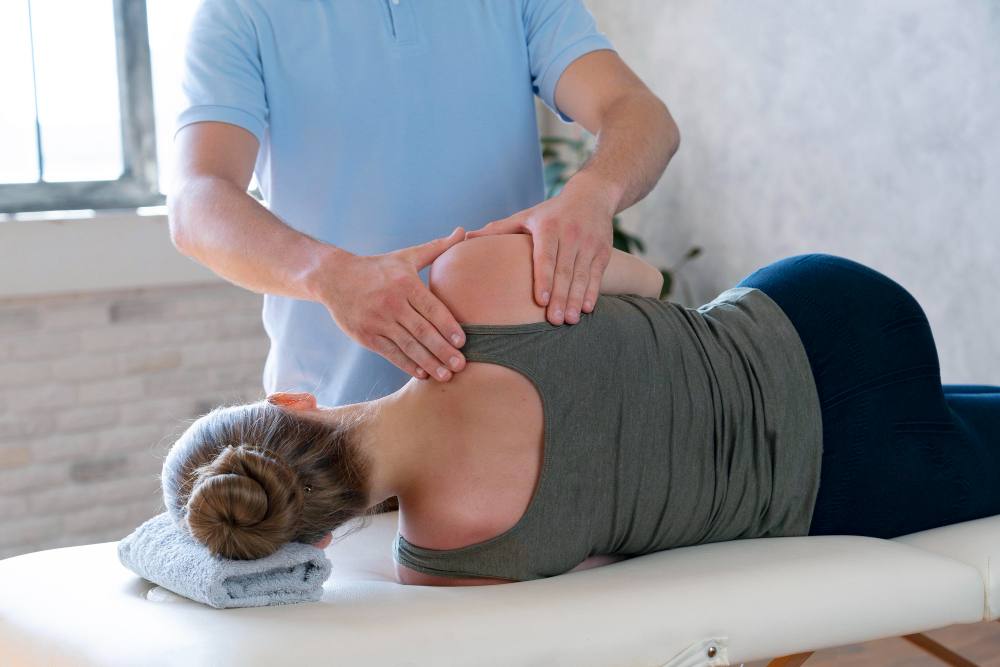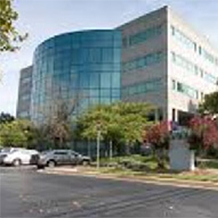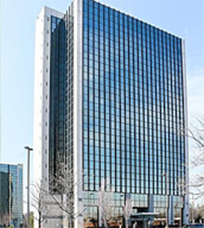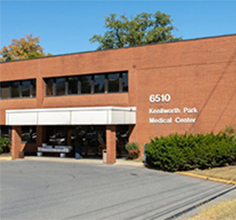
Back pain is usually the result of poor posture, tight muscles, weak core support, and repeated stress. It makes daily life harder and sleep less restful. People rush to fix it with medication or surgery, but physical therapy offers another way. Southern Maryland Medical Group can help. Our team works closely with primary care doctors and specialists to support full recovery instead of just symptom relief. If your back pain keeps coming back or feels worse after rest, it’s worth learning how targeted physical therapy can change your situation. Keep reading for a breakdown of the most effective strategies and why they work.
When most people think of stretching, they picture a few toe touches before a jog, but for physical therapists, stretching is a prescription. Specific stretches help lengthen shortened muscle groups, release tension, and improve range of motion. In the lower back, muscles can grow tight as a protective mechanism. If those muscles aren't gently opened up, the pain lingers. One of the first stretches taught in physical therapy is the knees-to-chest movement because it relieves pressure in the lumbar spine. Another is the child’s pose borrowed from yoga. It elongates the entire spine and calms the nervous system. These basic movements teach your muscles to relax without relying on painkillers. Stretches are usually held for 20 to 30 seconds and repeated a few times daily. Many patients assume that because a stretch feels easy, it’s not effective, but in therapy, small changes in muscle length and nervous system response accumulate gradually.
One of the most hands-on approaches in physical therapy is called manual therapy. This includes soft tissue massage, mobilization of joints, and guided passive movements. It's not a massage in the spa sense. It's a therapeutic touch used to free up stiff areas and re-educate the body on how to move properly. People with chronic back pain may have certain muscles that are in constant contraction. A therapist may apply pressure to trigger points in the back, hips, or hamstrings to reduce referral pain and increase circulation. Sometimes, the pain isn’t actually coming from the back itself but is radiating from tightness in the glutes or upper thighs. Manual work helps identify and treat those hidden contributors. Joint mobilization is another tool. If the vertebrae in your spine aren't moving freely, it changes how pressure loads through your back. Mobilization helps unlock small restrictions and restore more fluid movement. This technique requires a trained physical therapist and is usually part of a full session. It’s one of the reasons primary care doctors frequently refer patients to PT before considering more invasive options.
Strengthening exercises are some of the most overlooked parts of back pain recovery. Patients fear pain or re-injury and avoid using their core. Unfortunately, without strength, there’s no stability. And without stability, the cycle of pain keeps going. Therapists start with low-load, high-control movements. Simple movements train deep postural muscles that support the spine throughout the day. Eventually, patients progress to resistance bands, light weights, or stability balls. Every movement should feel intentional, slow, and controlled. Even if you can lift more, doing it with poor posture or compensating with other muscles just adds to the problem. Therapists also work to strengthen surrounding muscle groups like the glutes, hamstrings, and hip flexors. When those areas are strong, the back doesn’t carry the full burden of movement.
Most back pain isn’t caused by a single injury. Bad habits like slouching, over-arching the lower spine or leaning forward during lifting sneak into daily routines. Physical therapists can look at how you sit, stand, walk, and bend. Then, they show you how to adjust. Small corrections in posture can help relieve major pressure on the spine. Some therapists use mirrors, video feedback, or tactile cueing to help patients see and feel the difference in their movement. You’ll also learn how to engage your core during routine tasks like picking up laundry, getting out of bed, or standing at the stove. Better posture helps distribute your body weight more evenly and reduces wear. It also affects circulation, breathing, and energy levels. It's no surprise that primary care doctors and or a heart doctor may recommend posture work as part of an overall plan for reducing inflammation and improving function.
Back pain makes life harder in dozens of ways. It interferes with work, sleep, and simple movements. You don’t have to accept it as a permanent condition. Physical therapy can provide solutions that target the root causes. With consistent stretching, hands-on therapy, core strengthening, and posture training, most patients see a clear improvement in comfort and mobility. If you're dealing with stubborn or recurring pain, it’s time to make a plan. Talk to your primary care doctor in Hyattsville or get referred to one of our experienced physical therapists today. Southern Maryland Medical Group works alongside every type of provider, including your heart doctor, to provide coordinated, full-body care. Call us now to schedule your physical therapy evaluation.
Southern Maryland Medical Group has 3 convenient locations to provide professional medical care services in the Southern Maryland area. Call or schedule an appointment with one of our locations to get medical care help.

5801 Allentown Road, Suite 400 Camp Spring, MD 20746
Phone: 301-868- 0150
Billing Inquiries: 301-552-1270
Fax: 301-868-0243

7500 Greenway Center, Dr #1200 Greenbelt, MD 20770
Phone: 301-486-7580
Billing Inquiries: 301-552-1270
Fax: 301-486-7581

6510 Kenilworth Ave, Ste 1400, Riverdale MD 20737
Phone: 301-618-0771
Billing Inquiries: 301-552-1270
Fax: 301-618-0772